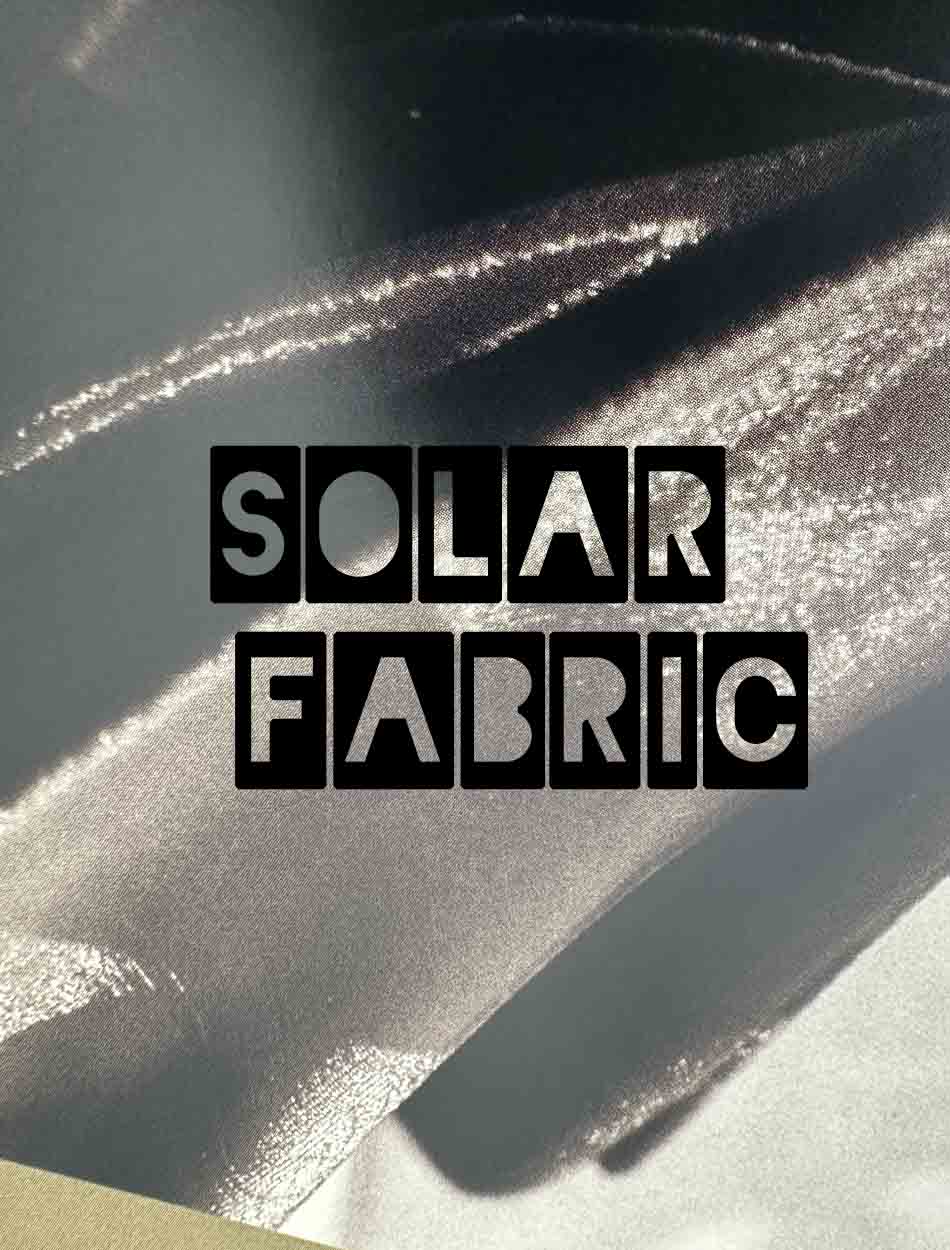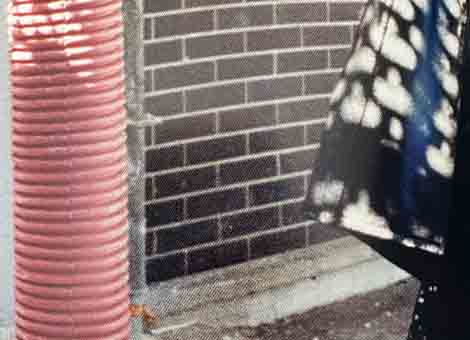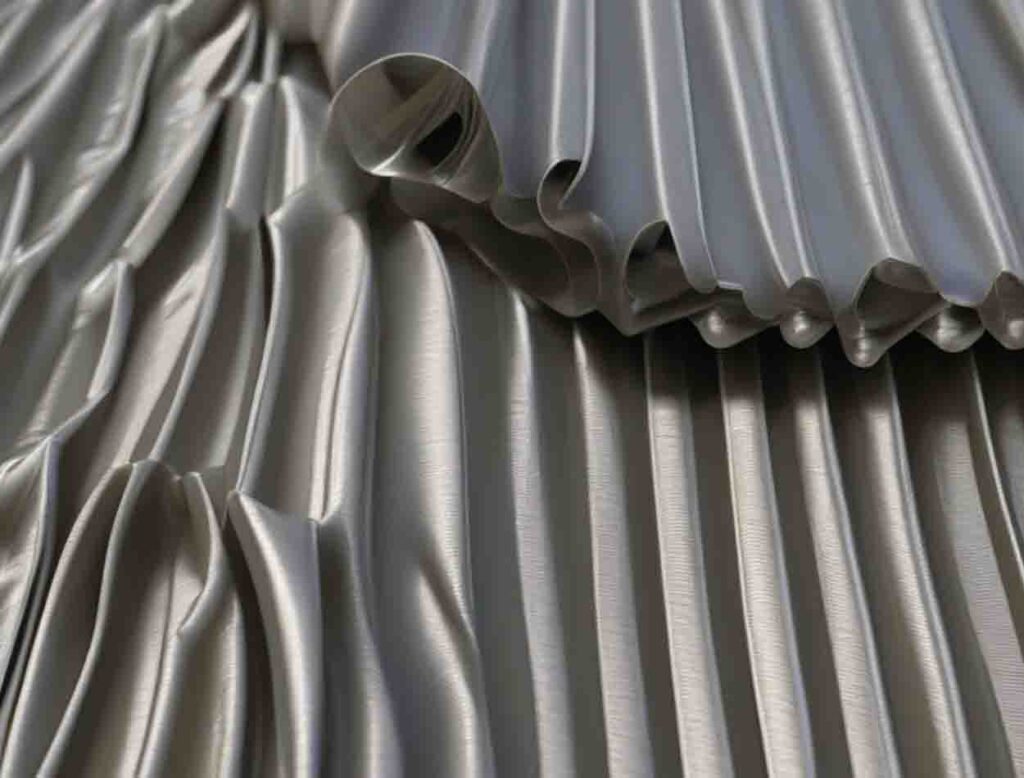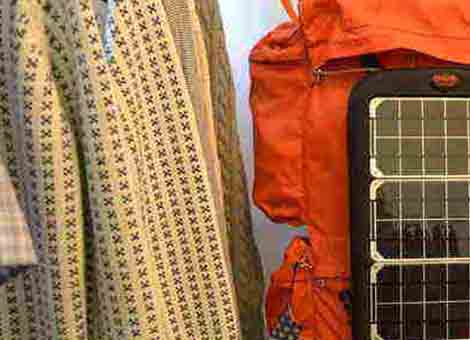
Advantages of Solar Fabric for Society
Solar fabric represents a novel textile engineered to capture and retain solar energy. Emerging as a transformative technology, it holds the promise of reshaping our energy consumption methods.
Offers a range of advantages for society, spanning from ecological to economic realms. This article will delve into the diverse societal merits of this fabric.
Primarily, its positive environmental contribution stands out.
Functioning as a renewable energy resource, that fabric operates without generating emissions or pollutants, reflecting its sustainable nature.
offers a multitude of societal benefits that contribute to a more sustainable and efficient energy landscape
-
Cost Reduction: By harnessing solar energy to generate electricity, solar fabric can significantly lower energy expenses.
-
Clean Energy: As a clean energy source, solar fabric doesn’t emit pollutants or greenhouse gases, contributing to cleaner air and a healthier environment.
-
Energy Independence: helps diminish reliance on foreign energy sources, promoting greater energy self-sufficiency.
-
Employment Opportunities: The manufacturing, installation, and upkeep of solar fabric generate job opportunities within the solar industry.
-
Air Pollution Mitigation: plays a role in reducing air pollution and decreasing greenhouse gas emissions, fostering cleaner air quality.
-
Renewable Energy: It provides a consistent supply of renewable energy, lessening the dependence on finite fossil fuel resources.
-
Lower Electricity Bills: The utilization of solar fabric can lead to decreased electricity bills for consumers.
-
Enhanced Property Values: Solar installations, including fabric systems, enhance property values and attractiveness for potential buyers.
-
Energy Security: Incorporating this fabric bolsters energy security by diversifying energy sources and mitigating vulnerabilities.
-
Reduced Fossil Fuel Reliance: minimizes reliance on fossil fuels, mitigating their environmental impact.
-
Hedge Against Rising Costs: acts as a safeguard against escalating energy costs, offering stability amidst price fluctuations.
-
Improved Grid Reliability: By decentralizing energy production, solar fabric contributes to a more resilient and reliable energy grid.
-
Sustainable Development: Embracing solar fabric aligns with sustainable development goals, fostering a more sustainable future for communities.
Incorporating solar fabric not only advances technological innovation but also propels society toward a cleaner, more self-sufficient energy future, with far-reaching ecological and economic advantages.
Why we use it
Solar fabric is a great way to reduce energy costs and help the environment. Is a type of fabric that has been treated with a special coating that allows it to absorb and convert sunlight into usable energy.
This energy can then be used to power lights, appliances, and other electronics. Is also lightweight and durable, making it a great choice for outdoor applications such as tents, awnings, and sails.
Additionally, this fabric is easy to install and maintain, making it a great.


Integrating Solar Fabric into Clothing: A Future Fusion of Function and Style
Solar fabric seamlessly becomes part of clothing through versatile integration methods.
Its utility extends from functioning as a warm lining within jackets and coats to being the very fabric of shirts and pants.
Adorning accessories like hats and scarves, this fabric also introduces a sustainable touch.
The realm of creativity is unlocked as solar fabric generates distinctive patterns and designs, even empowering solar-themed logos.
Moreover, it transforms clothing into a power source for small electronic devices like phones and watches, marking a leap towards practical and stylish wearables.

Exploring the Applications of this Fabric in Canopies
Solar fabric finds practical application within canopies, offering shade and shielding from the sun’s rays.
This versatile material can craft canopies that seamlessly merge aesthetics with functionality.
Its lightweight nature ensures convenient installation while effectively safeguarding against harmful UV radiation.
Furthermore, contributes to energy efficiency by harnessing and storing solar energy, augmenting the canopy’s functionality with sustainable power sources.

The Potential Advantages of Photovoltaic Textiles and Fabrics in the Future
Solar PV textiles and fabrics, innovative materials designed to capture solar energy and convert it into electricity.
Hold immense potential for revolutionizing renewable energy.
These adaptable and versatile materials can seamlessly integrate into diverse structures and surfaces.
From building facades to vehicle roofs and even clothing.
Beyond flexibility, their durability makes them ideal for harsh weather conditions, ensuring longevity without frequent replacements.
In addition to their practicality, solar PV textiles offer cost-effectiveness through streamlined manufacturing and easy integration, reducing overall installation expenses.
Exciting applications include portable and off-grid energy generation, providing a solution for disaster-stricken areas or regions with unreliable power grids.
Wearable technology could harness the power of solar PV textiles, allowing garments to generate electricity through wearer movement, powering devices without external charging.
Solar PV textiles revolutionize energy with adaptability, durability, and cost-effectiveness, finding applications in diverse structures, wearables, and transportation for sustainable solutions.


When will solar fabric be invented
Currently, there remains uncertainty about the exact timeline for the creation of solar fabric.
Ongoing research and development efforts by scientists and engineers are exploring innovative technologies that could pave the way for the realization of this fabric.
However, it is probable that it will take several years before such fabric becomes commercially available.
What Products Can Be Created Using this Fabric?
Solar fabric has the potential to serve as a foundation for a diverse range of products, encompassing solar-powered backpacks, tents, and umbrellas. Attire and accessories that harness solar energy. Window shades fueled by sunlight; as well as awnings with solar capabilities.
Furthermore, solar fabric’s versatility extends to generating solar-powered charging stations, outdoor furniture, and illuminating outdoor spaces.
****PIC FROM https://understandsolar.com/solar-clothing/
You may also like
The fabric trends for Autumn-Winter 2024-2025
The fabric trends for Autumn-Winter 24-25 underscore a strong focus on sustainability and solutions
SUSTAINABLE REVOLUTION: EXPLORING THE WONDER OF TENCEL. THE ULTIMATE GUIDE TO THE 100% NATURAL HIGH-QUALITY FIBER YOU NEED TO KNOW.
Discover Tencel: Unveiling the Eco-Friendly Elegance
Organic Cotton: The Sustainable Choice for a Greener Fashion
“Organic cotton is one of the most natural fabrics available. Returning to our roots and practicin




